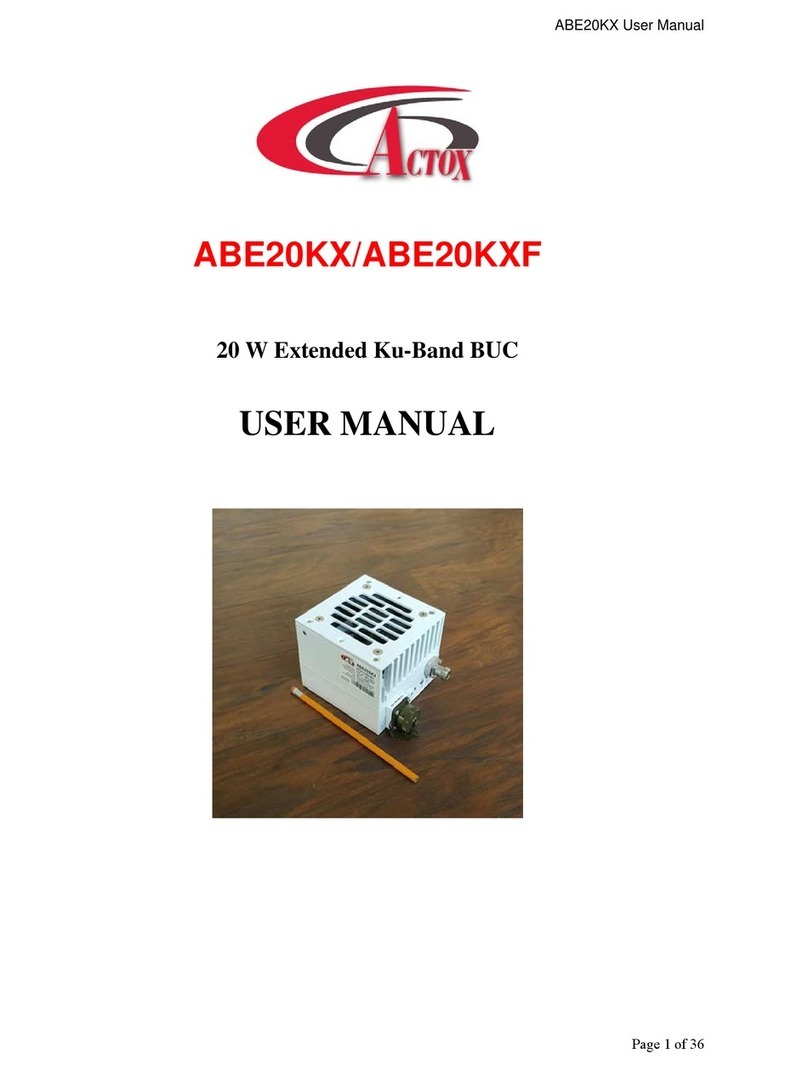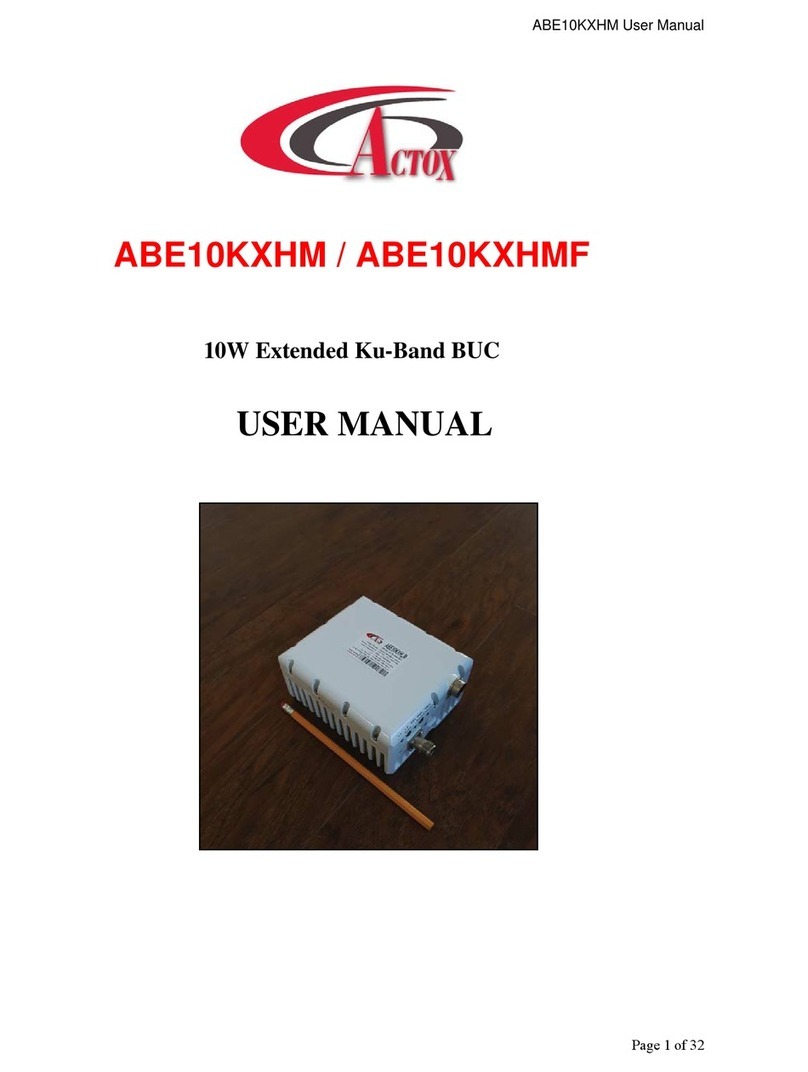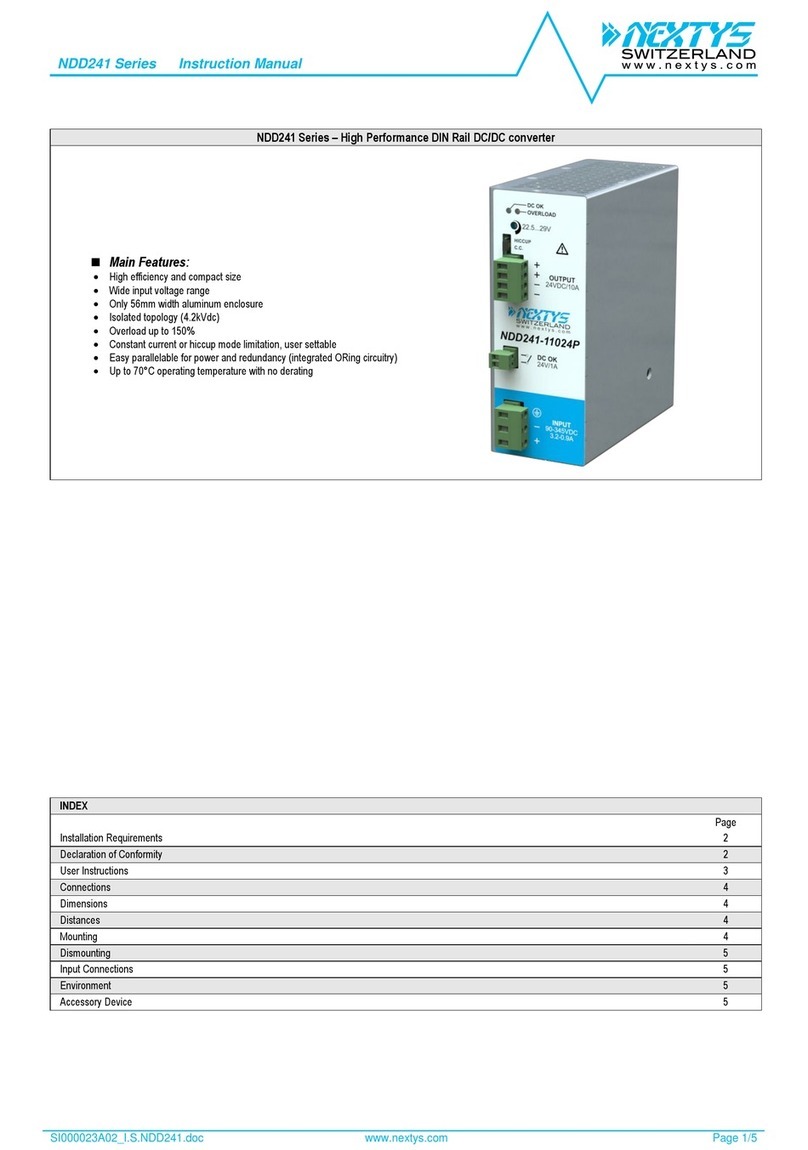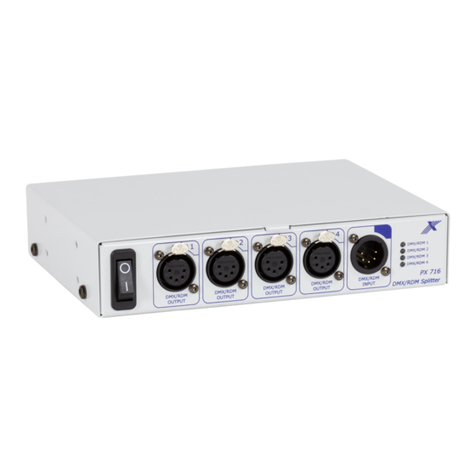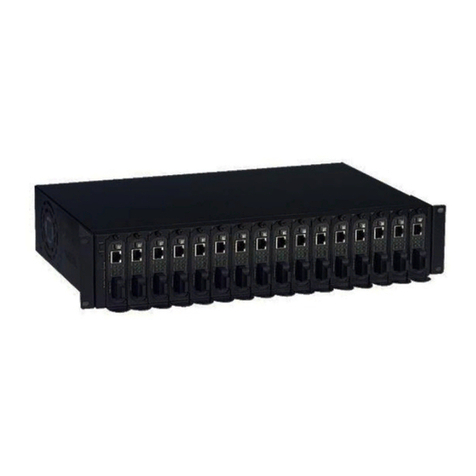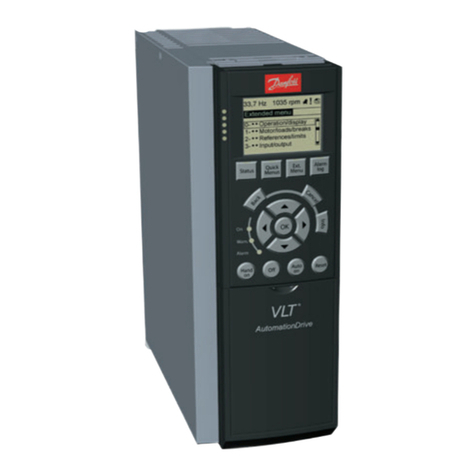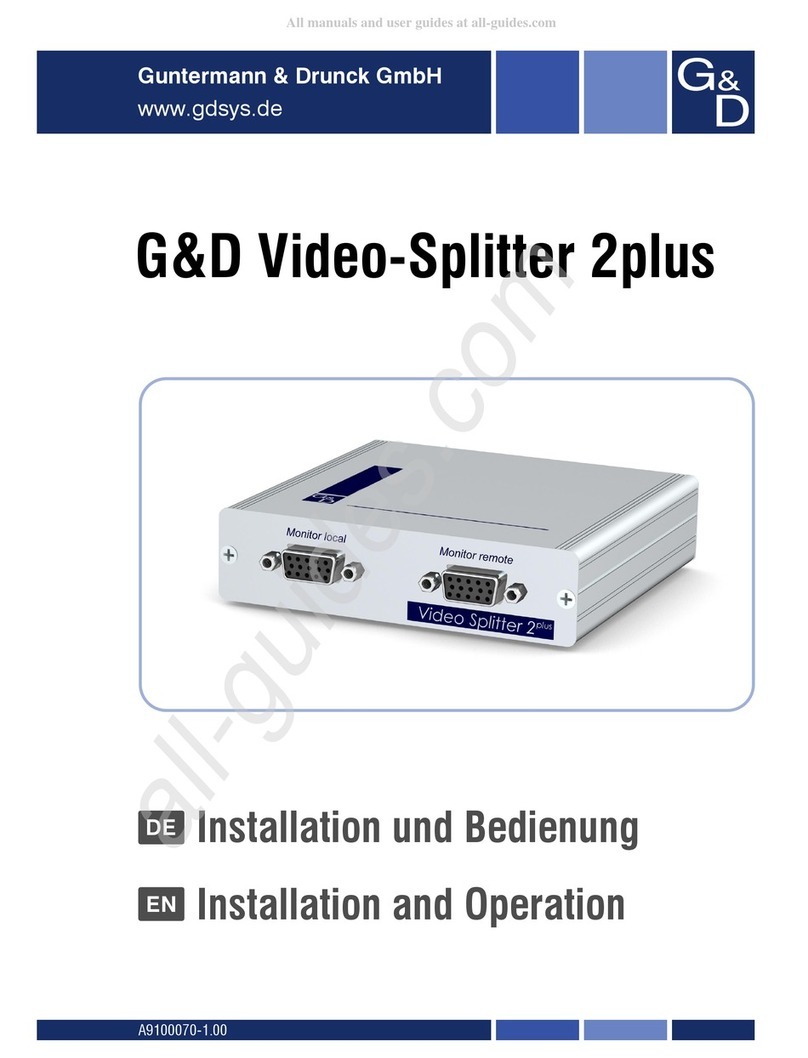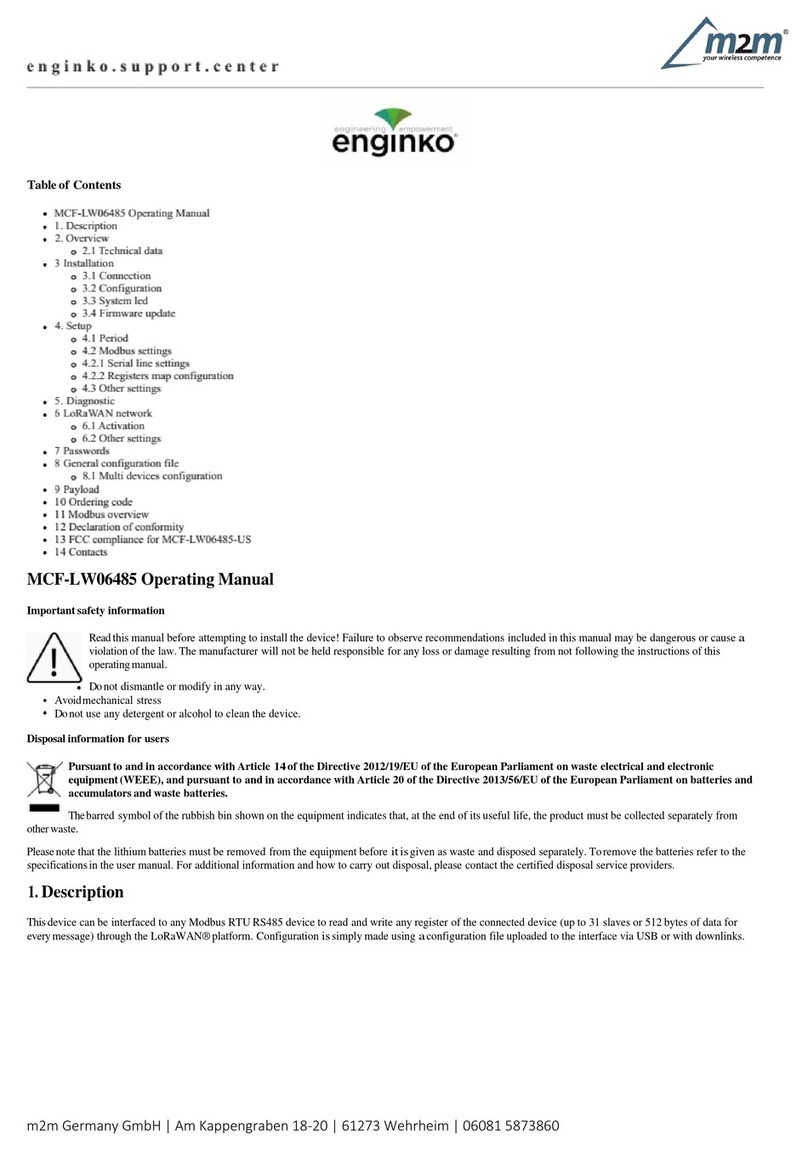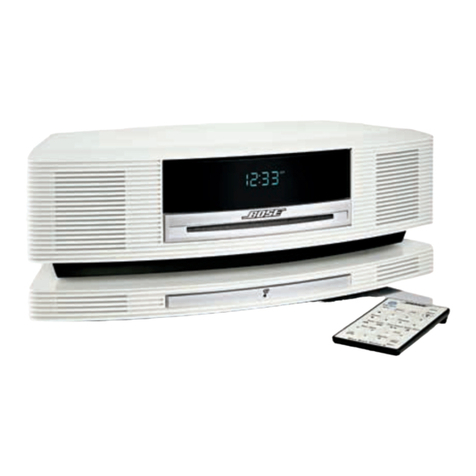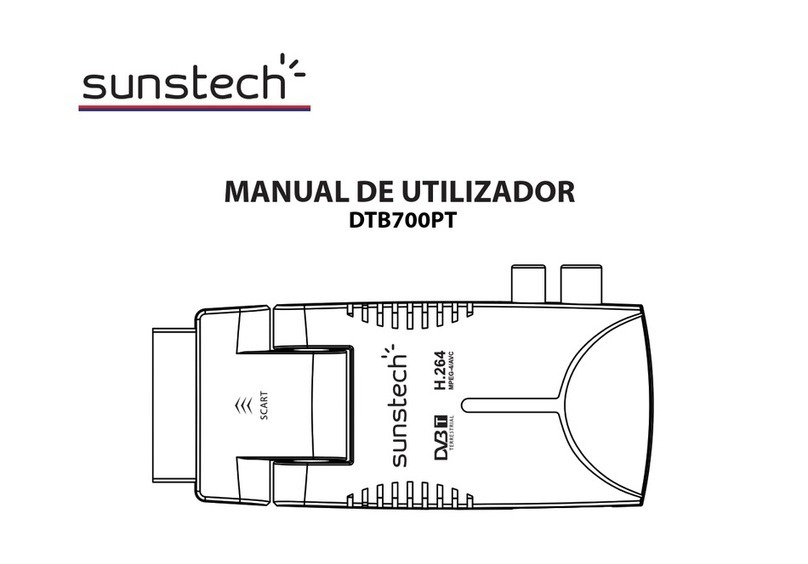Actox ABC40DC User manual

ABC40DC User Manual
Page 1 of 34
ABC40DC / ABC40DCF
40WExtendedC‐BandBUC
USER MANUAL

ABC40DC User Manual
Page 2 of 34
Table of contents
Introduction……………………………………………….……………..………...5
Receiving and
inspection…………………………………………………..…………………...…..6
Equipment Damage or Loss
Return of Equipment
Preparing for
installation…………………………………………………….…………..…….…..7
Safety Precautions
General
description………………………………………………..…………….……….…..8
Considerations
Securing the Block Up Converter
Installing the Block Up
Converter…………………………………………………………………………………….…………...9
LED Indicators, Connector Pin Assignment, 10MHz Reference
Powering Options, Setting L.O., Setting Tx/Rx Frequencies
Recommended Test
Equipment…………………………………………………………………….………………………...11
Assembly and
Installation………………………………………………………………….………12
Connections and Mounting Hardware
Functional
Overview………………………………………………………….………………..13
General
IF/RF Conversion and Amplification
Monitor and Control (optional)

ABC40DC User Manual
Page 3 of 34
Operation Procedure……………………………………….....………..………...14
Maintenance……………………………………….…………………................15
Preventive Care
Procedure
Block Up Converter Cooling System Preventive Maintenance
Performance Check
Troubleshooting
Out-of Warranty Repair
Appendix 1 Technical
Specifications…………..………………………………….……...........….…..17
Appendix 2 Mechanical
Drawing………………………………………….……………….…….…....….18
Appendix 3 Spare Parts……………………………………………………….…..19
Appendix 4 M&C Commands ………………...…….…………………………..…….……..….20
Appendix 5 M&C Connection Instructions………………………………………..…………25

ABC40DC User Manual
Page 4 of 34
Scope
This document covers the installation, operation, and maintenance of the ABC40DC BUC. It contains
information intended for engineers, technicians and operators working with the block up converter.
Tomakeinquiries,ortoreporterrorsoffactoromissioninthisdocument,pleasecontactActox
Corporationattollfree866‐888‐6087.

ABC40DC User Manual
Page 5 of 34
INTRODUCTION
The ABC40DC is a reliable, high quality, cost efficient stand-alone block up converter. The application
for this block up converter is C-Band VSAT communication in an outdoor environment. This line of
superior products, engineered using state of the art technology, is characterized by unparalleled durability
and dependability.
This is the smallest and lightest 40W L-To C-Band Block Up Converter and is designed to be mounted on
the feed horn. The unit is ideal for portable and mobile applications.
KEYFEATURES
5.850-6.725 GHz
950 to 1,825 MHz
Smallest package size and weight
L.O. 4.9 GHz
Auto-ranging +36 ~ +60 VDC
Low power consumption (179W max)
Digital temperature compensation
L.O. lock and amplifier LED
M&C – combined RS-232/485,
Ethernet (HTTP and SNMP ver.2 and 3) (optional)
FSK (optional)
RoHS compliant

ABC40DC User Manual
Page 6 of 34
Receiving and Inspection
The block up converter is designed to function outdoors and will arrive in a standard shipping container.
Immediately upon receipt of the block up converter, check the packing slip against the actual equipment
you have received. Inspect the shipping containers exteriors for visible damage incurred during shipping.
Handletheblockupconverterwithextremecare.Excessiveshockmaydamageblock
upconverter’sdelicateinternalcomponents.
Using the supplied packing list, verify that all items have been received and undamaged during shipment.
Verify that all items are complete. If there are any omissions or evidence of improper packaging, please
notify Actox Corporation immediately.
Equipment Damage or Loss
Actox Corporation is not responsible for damage or loss of equipment during transit. For further
information, contact the responsible transport carrier.
When declaring equipment as damaged during transit, preserve the original shipping cartons to facilitate
inspection reporting.
Return of Equipment
When returning equipment to Actox Corporation for repair or replacement:
Identify,inwriting,theconditionoftheequipment,
Refer to the Invoice, Purchase Order and the date the equipment was received.
Notify Actox Corporation RMA department of the equipment condition and obtain a Return Material
Authorization (RMA) number and shipping instructions.
DonotreturnanyequipmentwithoutanRMAnumber.
Thisisimportantforprompt,efficienthandlingofthe
returnedequipmentandoftheassociatedcomplaint.

ABC40DC User Manual
Page 7 of 34
Preparing for Installation
Before attempting to install or use the block up converter, we recommend that you first familiarize
yourself with the product by reading through this manual. Understanding the operation of the system will
reduce the possibility of incorrect installation, thereby causing damage or injury to yourself or others. The
block up converter must be installed in accordance with the conditions and recommendations contained
in the following sections.
Safety Precautions
Carelessness or mishandling of the block up converter may damage the unit causing serious injury to
yourself or others. Please adhere to the following:
IfyourunitisequippedwithanACpowercordandplug,donottamperwith,orattemptto
reconfigure,thecordorplugsuppliedwiththeunit,asthiscan:
Resultinpersonalinjury;
Voidthewarranty;
Causedamagetotheunitsorrelatedequipment.

ABC40DC User Manual
Page 8 of 34
INSTALLATION AND OVERVIEW
General Description
This section describes the installation and theory of operation of the block up converter.
ABC40DC is powered by +36~+60 VDC via IF cable or MS connector.
It will amplify an input signal from an L-Band RF source up to a power level of 40 Watts (min) CW in C-
Band.
The block up converter can be used as a stand-alone unit or in a redundant configuration.
Specifications
Table 1 summarizes the specifications of the ABC40DC BUC. For mechanical specifications, refer to the
outline drawing, Appendix 1.
General Considerations
The block up converter shall meet all specifications over full bandwidth and under all environmental
conditions when terminated with a load of VSWR at 2:1 unless otherwise specified. All RF specifications
shall be met within five minutes after applying power, except gain flatness, which shall be met after a
warm-up period of ten minutes. During the warm-up period, the block up converter shall not exhibit any
alarm or require an RF mute input signal to reset any alarm/fault latches.
Securing the block up converter
Align the block up converter output waveguide flange with the mating flange of the antenna feeder
waveguide. Using the O-ring and hardware provided, connect the antenna feeder waveguide. Torque the
flange screws to 16 inch-pounds (1.8 N-m). Attach the proper cables for waveguide for IF input, AC
power and M&C if equipped to the corresponding connectors of the block up converter.
The cylindrical connectors are labeled clearly and have different pin layouts. It is
impossible to incorrectly install the mating connectors.

ABC40DC User Manual
Page 9 of 34
Installing the Block-Up Converter
Tools and Test Equipment
Have on hand a standard electrician's tool kit and any tools listed in the antenna
manufacturer's installation instructions.
Site Considerations
The BUC is designed to mount on the antenna. Locate and install the antenna according
to instructions supplied by the antenna manufacturer. Choose an area that is free of
extraneous interference from motors and electrical equipment and has a clear line of sight
from the antenna to the satellite. Lightning arrestors should be used at the site to protect
personnel and equipment.
Preparation
Mounting Considerations:
Optional Mounting Brackets are available that will facilitate mounting for most antennas.
The ODU must be mounted such that:
- Sufficient support is afforded to the BUC, the LNB and the Power supply to minimize
the effects of antenna sway in strong winds.
- Air movement across the heat fins is possible.
- The length of the Power supply cables is taken into consideration in determining the
mounting location of the power supply.
Throughout installation and during any polarization, azimuth or elevation adjustment,
ensure that cables and waveguide are not crimped or pinched.

ABC40DC User Manual
Page 10 of 34
SSPALEDGreenAllOK
SSPALEDRedSummaryAlarm
L.O.LEDYellowL.O.issetto4.9GHz
NOLEDindicatorsNOPOWER
10MHzLEDGreenExternal10MHzReference
10MHzLEDRed10MHzisAbsent
10MHzLEDGreenBlinkingInternal10MHzReference
10MHzReference
TheBUCmustreceiveastableexternal10MHzreferenceprovidedbyastablesignalsourcesuchasa
signalgenerator,satellitemodemorinjectedexternallywithaBiasT(forexample,ABT6ARN/ABT6ARF
manufacturedbyActoxCorporation)orasimilarbiasTtype.
PleasemakesuretocheckthestickerontheBUCfortheappropriatepowersourcebeforeanypower
connectionsareperformed.
LEDIndication

ABC40DC User Manual
Page 11 of 34
RecommendedTestEquipment
The following equipment or equivalent is recommended for installation and system
alignment:
Equipment Type
Spectrum Analyzer HP8563E
Digital Voltmeter Fluke 8050
Adapter Waveguide to coax C or Ku-band
RF cables With calibrated insertion loss up to 15GHz
40 dB attenuator High Power to match HPA output.
Assortment of cables, connectors and adapters (calibrated up to 18 GHz).
Ensure that the BUC TX output power is disabled to prevent accidental transmission
interference with adjacent satellites or transponders before attempting to align or
performing any other operation involving the ODU. Before attempting any system
change, carefully evaluate the possible effects of the transmitted signal

ABC40DC User Manual
Page 12 of 34
Connections and Mounting Hardware
The IF input connection requires a coaxial cable with an F or N type connector. The RF output requires a
waveguide with a CPR-137G flat flange. An O-ring shall be used to seal the waveguide connection.
Assembly and Installation
Use the information in this section as a guide to assemble and install the block up converter. The
specified humidity is up to 100% during operation. However, installation should be carried out in dry
conditions, free of salt spray or excessive humidity. This will eliminate the possibility of moisture and
other foreign substances from entering the output waveguide flange.
Only authorized technical personnel should perform the Installation and
proper electrical hookups of the block up converter.
Theblockupconverterisdesignedtooperateinanoutdoorenvironmentandiswaterproofwhen
mountedinthecorrectorientation.Toprovideasufficientairflow,theblockupconvertershouldbe
mountedwithaminimumclearanceof3inchesonallfoursidesandthebottom.Adequatecoolingfor
theblockupconverterwillprovideyearsoftopperformance.

ABC40DC User Manual
Page 13 of 34
Functional Overview
General
This section describes the block up converter functions in detail. The functional overview explains the
RF amplification, monitor & control and power distribution.
IF/RF Conversion and Amplification
The IF Input requires a signal with a 10MHz reference, and 36 - 60 VDC power source. 2-4.5Amps
nominal enters the BUC by a coaxial cable, converted to C-Band by the BUC and goes through an
internal isolator and reject filter, which provides a good VSWR at the input. Under normal operation, the
RF amplifier will amplify the RF Input signal level up to a power level of 46 dBm or 40 Watts CW
minimum.
To achieve the rated output power of the RF Amplifier, provide the necessary gain and low insertion loss.
The amplified signal is transmitted through the output waveguide section to a satellite up-link system.
Monitor and Control (optional)
The block up converter may have a RS-485 and RS-232 serial interface. With this option the block up
converter can communicate to the indoor unit or redundancy control block up converter via RS-485 or
RS-232.
The control system can provide the following M&C functions:
BUC Alarm (via RS-485/RS-232): when an input BUC within the block up converter system
current draw is below 0.3A, a BUC alarm signal will be transmitted via the RS-485/RS-232 serial
interface.
Mute Control (via RS-485/RS-232)
Mute Control (via hardware line): TTL high level signal will mute a block up converter
Output Power Monitoring: 20 dB dynamic range (via RS-485/RS-232)
Base Plate Temperature Monitoring (via RS-485/RS-232)

ABC40DC User Manual
Page 14 of 34
Operation
It shall be performed by authorized personnel prior to maintenance and/or repair.
Procedure
Verify that the installation procedure described was completed. A complete physical check of the
customer’s system is suggested.
The output power available at the output waveguide flange is extremely
hazardous. Under no circumstances should block up converter be
operated without the waveguide feed or a high power load attached. Do
not operate this equipment in the presence of flammable gases or fumes.
Failure to observe this precaution will result in personal injury. Safe
and careful installation of this block up converter will eliminate the
possibility of accidents and provide years of top performance.
Verify the antenna feed waveguide connection is properly done before the block up converter is
energized.
The block up converter can withstand any source or load VSWR.
However, the block up converter will meet all specification requirements
only if the source/load VSWR is sufficient. Normal operation is not
possible if the antenna feeder VSWR is greater than 2:1.
Turn ON the power and allow a warm up period of twenty minutes before operating the block up
converter. This will assure stable gain and power. The block up converter can function with a coupler
when a direct measurement of the output power is made.

ABC40DC User Manual
Page 15 of 34
Maintenance
This section contains information on how to maintain, troubleshoot and repair the block up converter. The
block up converter is extremely reliable, requiring very little preventive maintenance, or repair. Should
there be a malfunction, this section also contains technical information to help diagnose basic failures.
Preventive Maintenance
Shut down the block up converter before disassembly and remove all
cables and connectors. Failure to observe this precaution may result in
personal injury or death. This includes the removal of any RF power
originating from other system components.
When the block up converter is in the hot stand-by mode in a redundant system, switch it to the
operation mode at least once every three months.
When the block up converter is in the cold stand-by mode in a redundant system, switch it to the
operation mode at least once every three months.
Block up converter Cooling System Preventive Maintenance
Preventive maintenance is limited to checking the performance of the block up converter cooling system.
No electrical or mechanical adjustments are required for normal operation.
.

ABC40DC User Manual
Page 16 of 34
Performance Check
Verify the system is properly set up.
It is recommended to measure the following parameters for ensuring that the block up converter is in
good working condition:
-Gain and Gain flatness
-RF load VSWR and RF source VSWR
-Two-Tone Inter-modulation Distortion
-Return Loss at connectors of the block up converter
Using a Source and an IF input signal level within the small signal region of the block up converter,
measure the power level at connectors IF or MS connector. Plot the swept response on a test data sheet.
From the plot, determine gain and gain flatness.
Plot the swept return loss for both the IF Input and RF Output signals on a test data sheet. From the plot
determine the return loss.
From the output power measurements determine rated output power. Record value on a test data sheet.
Measure the Two-tone Inter-modulation Suppression using two equal signals separated by 5 MHz.
Record value on test data sheet.
Cable connection and disconnection shall be done carefully to avoid
physical damage to the cables and connectors, which may cause
intermittent problems in the future.
A non-warranty and out-of-warranty repair service is available from Actox Corporation for a nominal
charge. The customer is responsible for paying the cost of shipping the BUC both to and from Actox
Corporation for these repairs.
SymptomAction
Failsperformancetest Checkpowersource,RFsource,cablingandconnectors.CheckLED
indicatorsforstatusandifthelightisredcontactActoxCorporation.Ifwe
arenotabletoassistyouremotely,returnblockupconvertertoActox
CorporationafterRMAnumberhasbeenissued.

ABC40DC User Manual
Page 17 of 34
Appendix 1
TECHNICAL SPECIFICATIONS
RF frequency 5.850 to 6.725 GHz
Local oscillator 4.90 GHz
IF frequency 950 to 1,825 MHz
Output power 40W typ. (+46 dBm min.)
IF connector N-type or F-type (field-exchangeable)
Power supply : auto-ranging via MS connecto
r
+36 ~ +60 VDC, 179 W max
Output interface CPR 137 G
Gain 68 dB nominal
IMD3 (two tones) -26 dBc max. 2 signal 5MHz apart at P-LINEAR
L.O. leakage -45 dBm max
Spurious -50 dBc max
Spectral regrowth
(QPSK at 1.5x and OQPSK at 1.0x symbol rate offset
with 2dB back-off from rated output power) -30 dBc
Requirement for external reference:
frequency
input powe
r
via IF cable
10 MHz (sine-wave)
-5 to +5 dBm @ input port
TX Gain variation
TX Gain stability over temperature range
± 0.5 dB over 40MHz
± 1.8 dB over full band
± 1.5 dB typ., ± 1.8 dB max.
Phase noise
(Exceeds Intelsat’s standard IESS308/309)
-55 dBc/Hz max. @ 10 Hz
-65 dBc/Hz max. @ 100 Hz
-75 dBc/Hz max. @ 1 KHz
-85 dBc/Hz max. @ 10 KHz
-95 dBc
/
Hz max @ 100 KHz
Noise power density Transmit
Receive -66 dBm/Hz (max)
-157 dBm/Hz (max)
M&C Interface RS-232 and RS-485, Ethernet (HTTP and SNMP ver 2.
and 3)
FS
K
Multiplexed on TX IFL, com. with Comtech/ Paradigm
Noise figure 15 dB max
Input V.S.W.R. 2 : 1 max
Output V.S.W.R. 2 : 1 max.
Mute Shut off the HPA if L.O. unlocked
Status LED RED
GREEN
YELLOW
Summary alarm
All OK
All OK standard L.O. 4.90 GHz
Temperature range (ambient)
operating -40 deg C to +55 deg C
storage -55 deg C to +85 deg C
Altitude Up to 23,000 feet
V
ibration and shock Complies with MIL-STD-810E
Dimensions & housing 195 (L) x 120 (W) x 86 (H) mm
7.67”(L) x 4.72”(W) x 3.38” (H)
Weight 2.1 kg (4.6 lbs) max

ABC40DC User Manual
Page 18 of 34
Appendix 2
Mechanical Drawing

ABC40DC User Manual
Page 19 of 34
Appendix 3
Spare Parts
The following sheet can be copied and used as a fax form to order the required spare parts. Please make
sure to include all identifying information to facilitate the processing of your order. The order may be
sent via email to the following address.
Fax: 1-866-888-6087
For additional information, please contact our customer service department at:
(619)906-8893 or 1-866-888-6087
Actox Corporation
designers and manufacturers of telecom & wireless products
Spare Parts Order Form ABC40DC Ext. C-Band BUC
From:
Place By: Signature:
Telephone:
Fax Email:
Part Description Part Number Quantity Unit
Price* Line
Total*
Fax to: Customer Service 1-866-888-6087

ABC40DC User Manual
Page 20 of 34
Appendix 4 M&C Commands
ReplyPacketformat ExplanationInterpretation Examples
ACK(Acknowledge7EFXE0ZZ7FAcknowledgethatthe
receivedpacketwas
properlyprocessed.
X=Deviceaddressofthepacket
sourcedevice.
ZZ=CRC.
1)reply:7EFFE0E07F
(ACKreplysentfrom
theBUC)
NACK(NotAcknowledge)7EFXF1YYZZ7F Indicate thata
problemwas
encounteredwith
thereceivedpacket.
X=Deviceaddressofthepacket
sourcedevice.
YY=Errorcode
(03=IncorrectCRC
18=Unrecognizedcommand
30=Setcommandattemptedona
restricteddatabaseelement)
ZZ=CRC.
1)reply:7EFFF103F2
7F
(NACKreplysentfrom
theBUCforan
invalidCRC)
2)reply:7EFFF118E9
7F
(NACKreplysentfrom
theBUCforan
unrecognized
command).
Command Packet
format Explanation Possible replies Interpretation Examples
1) cmd: 7E FF 02 06 06 02
7F
reply: 7E FF 84 06 06 01 02
87 7F
Get Device
Temperature
7E FF 02
06 06 02
7F
Query device for
current temperature
Update Device
Temp: 7E FF 84 06
06 TT TT ZZ 7F
TT TT = Device temp in °C
+ 273. ZZ = CRC.
(Temp = 0x0102 = 0d258 –
273 = -15°C) 2) cmd: 7E FF
02 06 06 02 7F
reply: 7E FF 84 06 06 01 34
B1 7F
(Temp = 0x0134 = 0d308 –
273 = +35°C)
Get Power
Supply
Temperature
7E FF 02
06 07 03
7F
Query device for
current power supply
temperature
Update Device PS
Temp: 7E FF 84 06
07 TT TT ZZ 7F
TT TT = PS temp in °C +
273. ZZ = CRC
1) cmd: 7E FF 02 06 07 03
7F reply: 7E FF 84 06 07 01
02 86 7F (Temp = 0x0102 =
0d258 – 273 = -15°C) 2)
cmd: 7E FF 02 06 07 03 7F
reply: 7E FF 84 06 07 01 34
B0 7F (Temp = 0x0134 =
0d308
–
273 = +35°C)
1) cmd: 7E FF 02 17 FF EA
7F
reply: 7E FF 84 17 FF 01 2C
41 7F
Get Output
Power
7E FF 02
17 FF
EA 7F
Query device for
current output power
Update Output
Power: 7E FF 84 17
FF PP PP ZZ 7F
PP PP = Output power in 10
x dBm. ZZ = CRC.
(Power = 0x012C = 0d300 =
30.0dBm.) 2) cmd: 7E FF 02
17 FF EA 7F
reply: 7E FF 84 17 FF 01 A0
CD 7F
(Power = 0x01A0 = 0d416 =
41.6dBm.)
Get Gain
7E FF 02
18 FF E4
7F
Query device for
current gain. Note:
value is depending of
attenuation settings.
Update Gain: 7E FF
84 18 FF GG GG ZZ
7F
GG GG = Gain in 10 x dB.
ZZ = CRC.
1) cmd: 7E FF 02 18 FF E5
7F reply: 7E FF 84 18 FF 02
8A 69 7F (Gain = 0x028A =
0d650 = 65.0dB.) 2) cmd:
7E FF 02 18 FF E5 7F reply:
This manual suits for next models
1
Table of contents
Other Actox Media Converter manuals
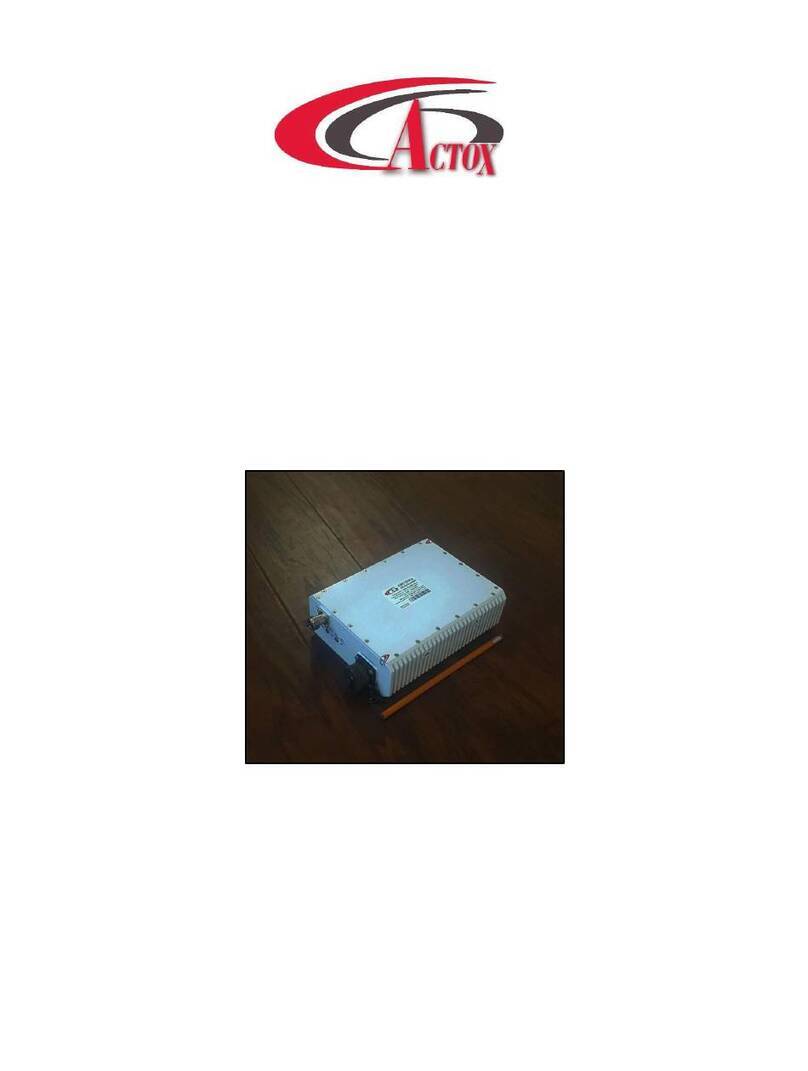
Actox
Actox ABE10UKA User manual

Actox
Actox ABE12KX User manual

Actox
Actox ABE10KFX User manual

Actox
Actox ABE30DC User manual

Actox
Actox ABEN16KX User manual
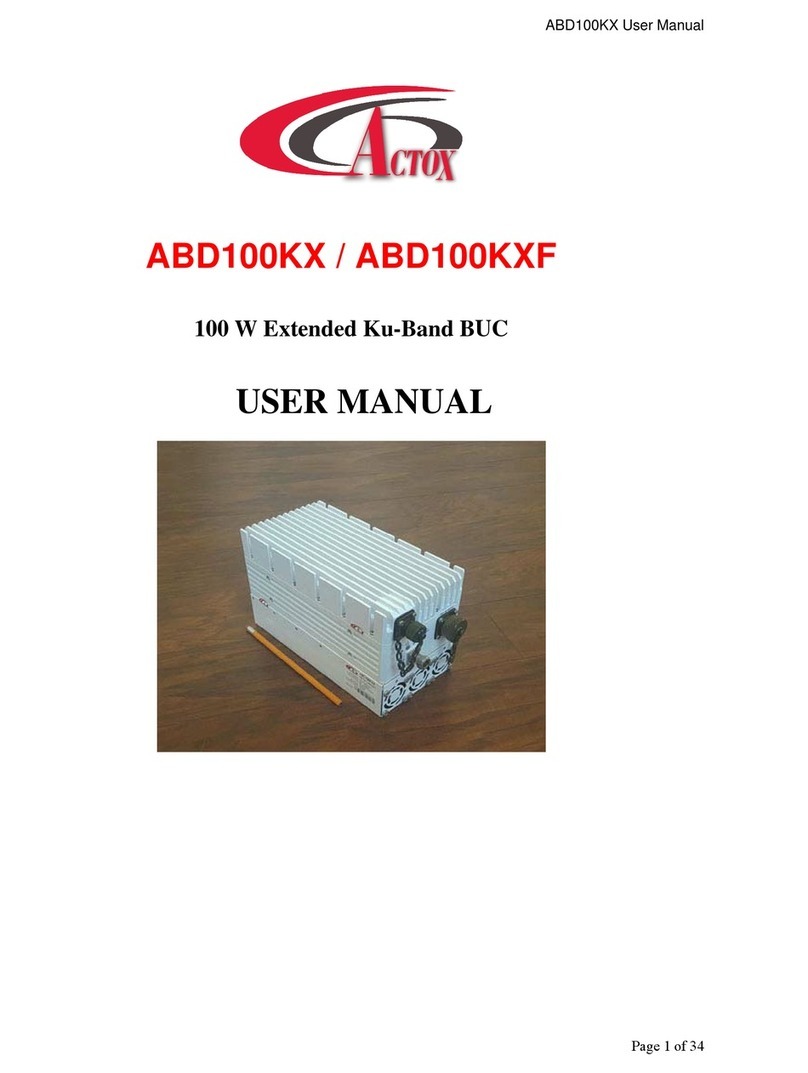
Actox
Actox ABD100KX User manual

Actox
Actox ABCN50X User manual
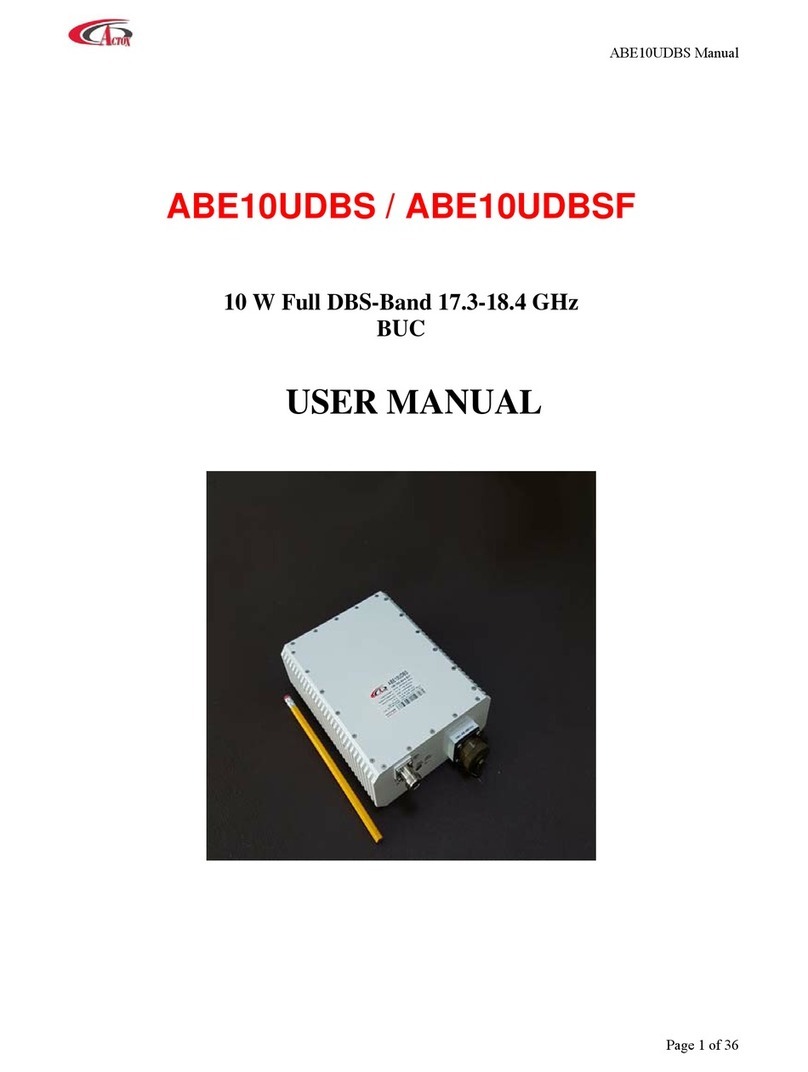
Actox
Actox ABE10UDBS User manual

Actox
Actox ABC25UKA User manual
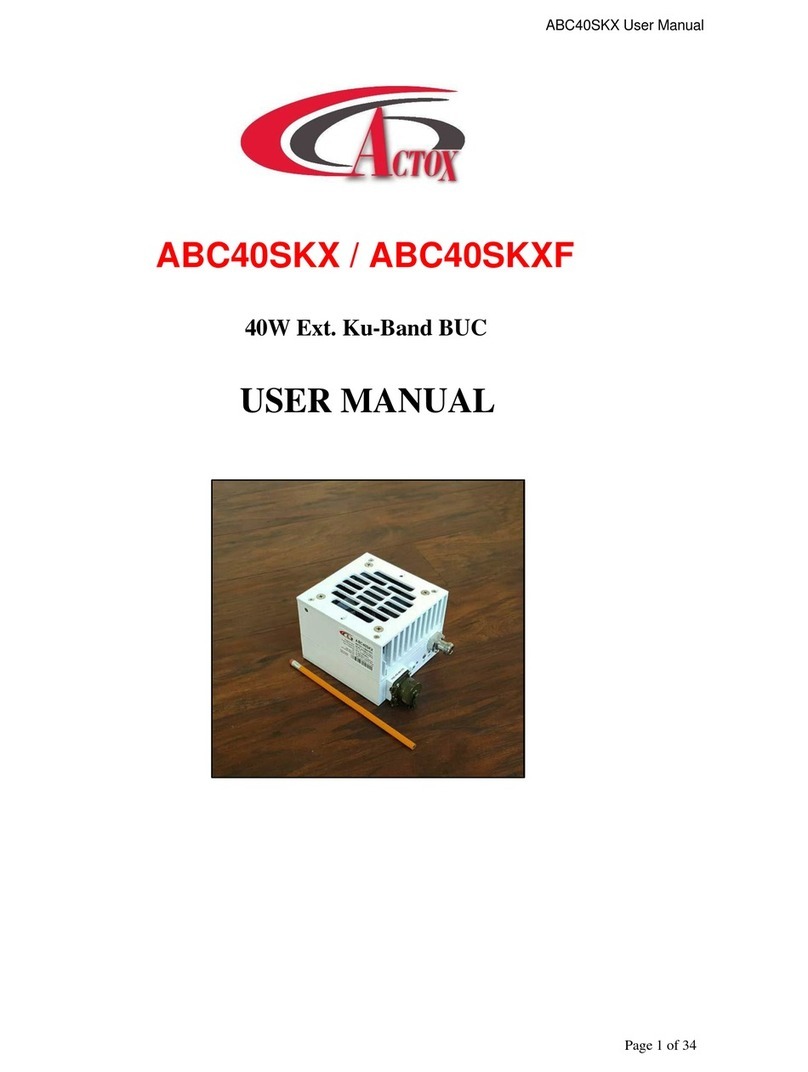
Actox
Actox ABC40SKX User manual
Popular Media Converter manuals by other brands
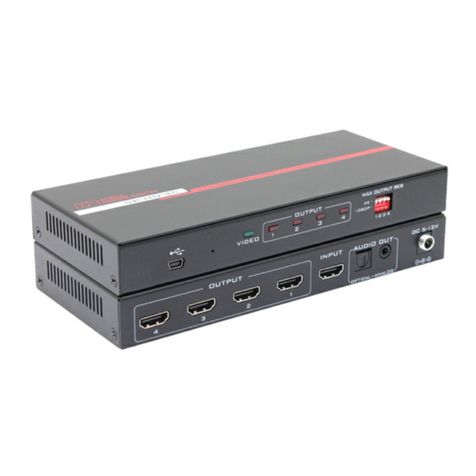
Hall Research Technologies
Hall Research Technologies SP-HD-4C user manual
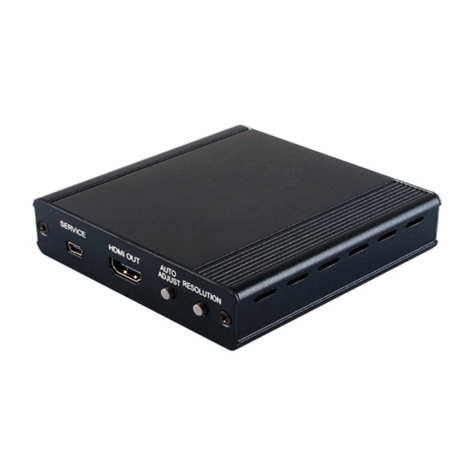
Converters.TV
Converters.TV 15319 Operation manuals
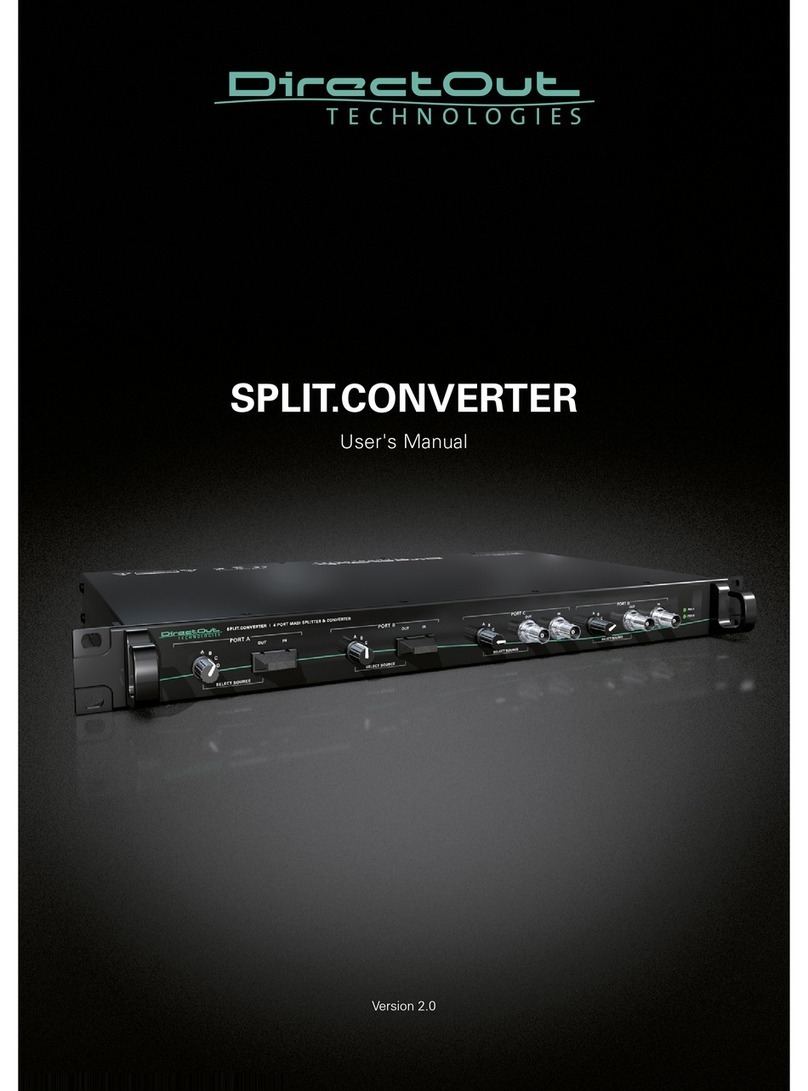
DirectOut Technologies
DirectOut Technologies split.converter user manual
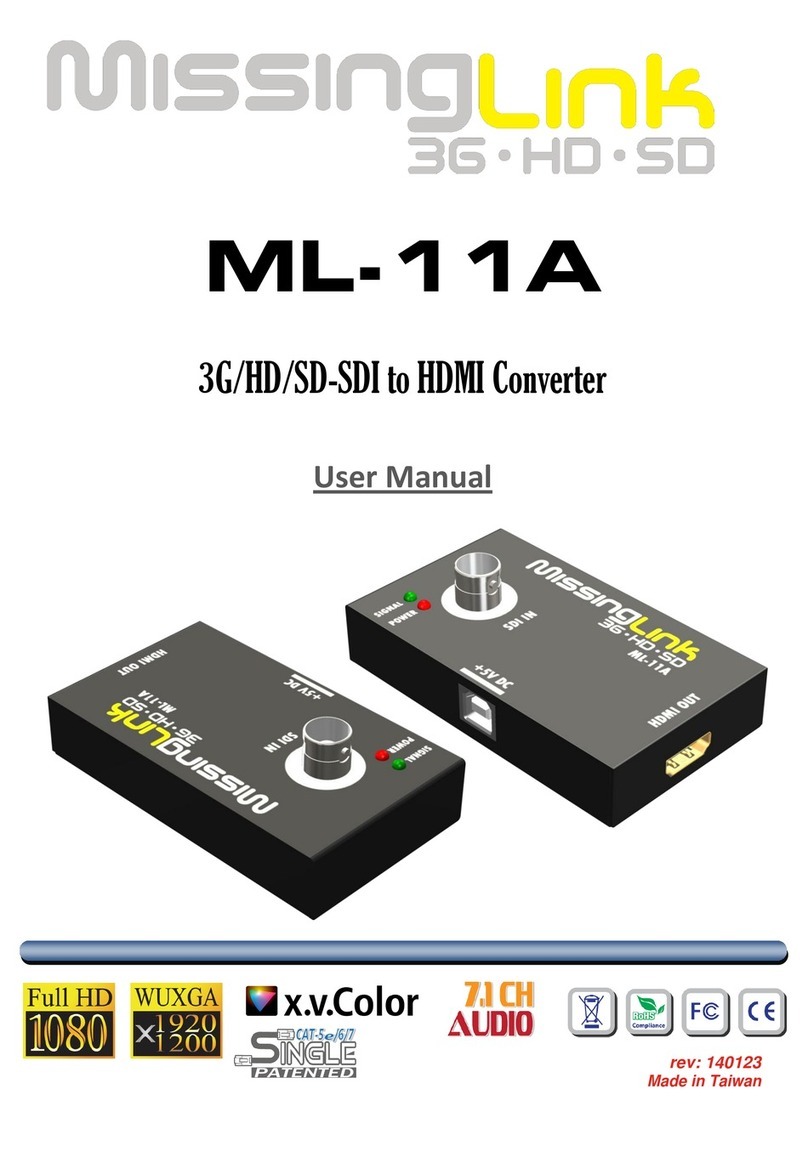
Missing Link
Missing Link ML-11A user manual
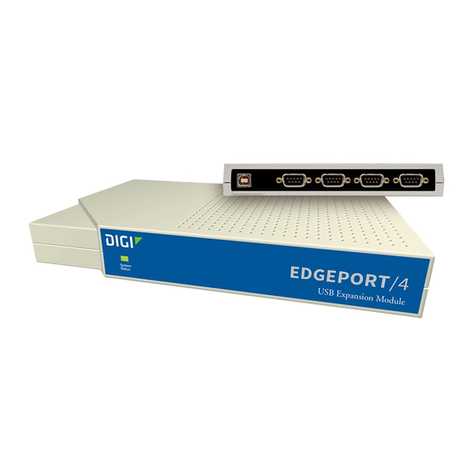
Digi
Digi Edgeport/1 installation guide
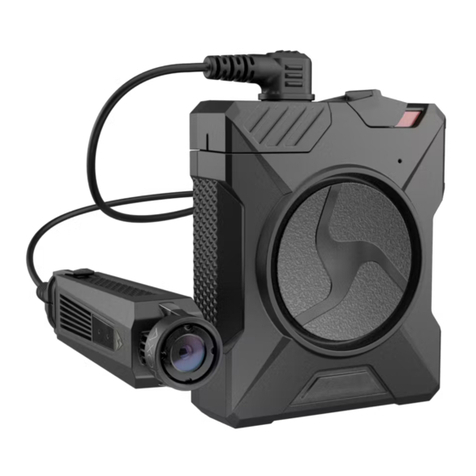
Axon
Axon Flex 2 quick start guide


